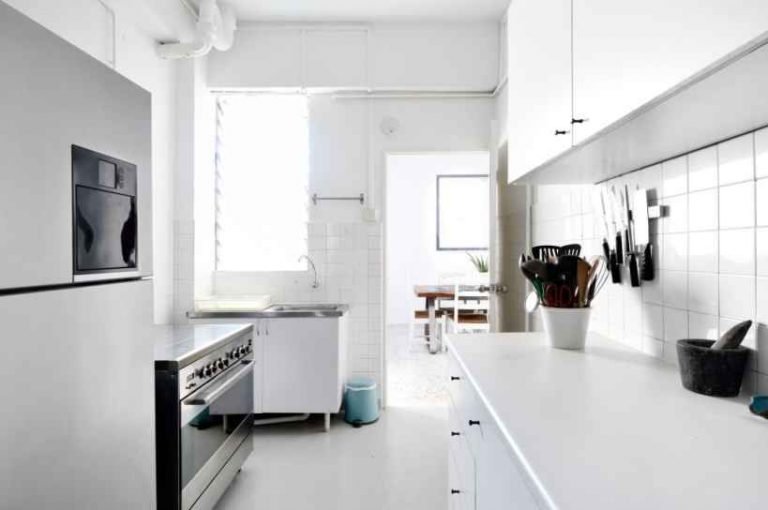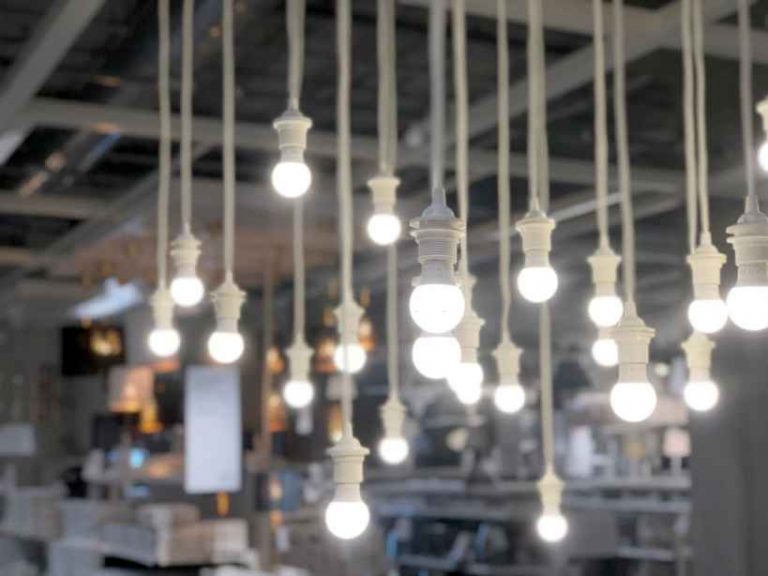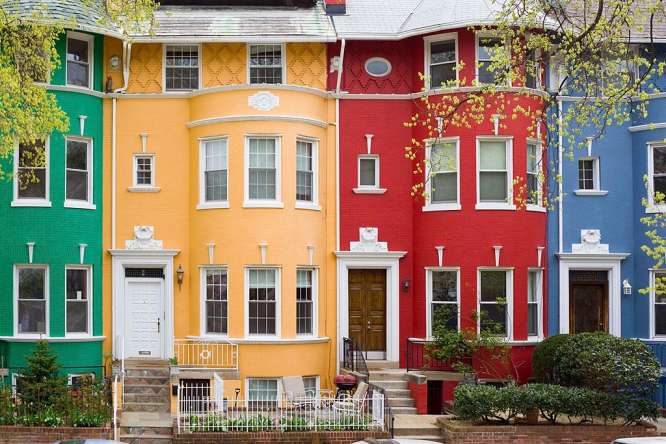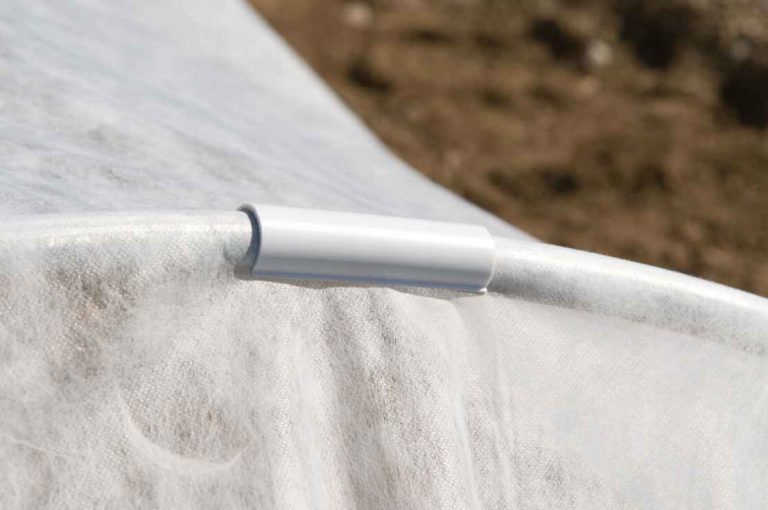If you use an HVAC system at home, then your house is in a closed air circulation system. So, it’s important that you have the right amount of return air vents. Without enough return air vents, your house will have air pressure that is not ideal for your health. But, if you install the right amount of these return air vents, your house will have balanced air pressure. But this question will come into your mind: “How many return air vents do I need?”
So, what is the answer to this?
Ideally, you should have a return vent in every room as they take care of the air pressure and balance of conditioned and non-conditioned air. So, the more, the better.
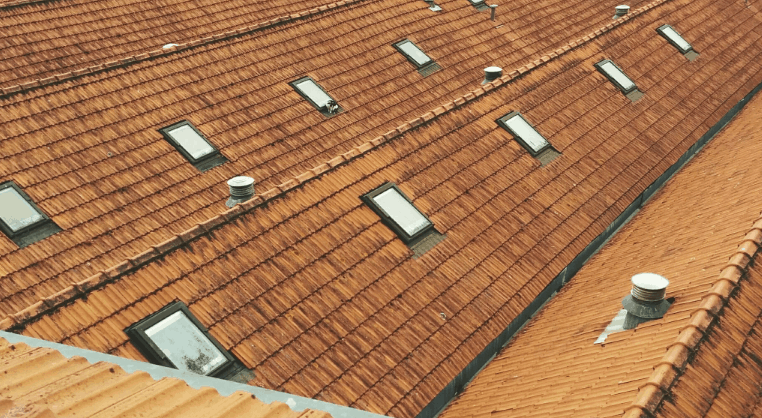
That was just a mere summary of the whole answer. So, without waiting any further, let’s jump right into it and help you make this decision.
A Small Overview
An HVAC is a closed system of air circulation. It cycles conditioned and non-conditioned air through your home.
This circulation is based on the design of your air conditioning system. Moreover, the ducts of the system are like the veins of your home.
They supply air to the rooms in your home from the HVAC system. Then they return the unconditioned air back to the heart of the system to be cooled again.
Air vents are access points to the ducts running through your home. These access points allow the free flow of air to and from your HVAC system.
Supply vents blow conditioned air from the HVAC system into the rooms. While returning air vents pull the air out of the rooms and back into the cooling system.
So, the return air vents are extremely important in making sure that your house has a proper circulation of air. This means you’ll need adequate return vents.
This overview was supposed to give you the basic idea of a complete HVAC system so that you understand our explanation.
How Many Return Air Vents Are Ideal In a House?
Back when contractors first installed central air conditioning units, they used to put a big return air vent at the center. This wasn’t efficient at all.
The reason this wasn’t efficient was that, if you don’t put enough return vents, then too much pressure falls onto the existing ones
They struggle to balance the air pressure in your house. This results in the HVAC working inefficiently.
So, to keep a balance in your house’s air pressure, you need to put in a number of return air vents. One return air vent in every room would do.
More return air vents would do better. So, in the next section, we’ll tell you why you should put at least one air vent in every room.
Why You Need Air Vents In A Room
Here are 4 major reasons why you should have at least one return air vent in every room. We hope these will help you get a clearer perception.
Reason 1 Of 4: Maintaining Balance
The first reason on our list is the maintenance of balance between conditioned air and unconditioned air in your home. You need return air vents for this.
In an HVAC system, the supply air vents make sure conditioned air comes into the house. Whereas, return air vents make sure that the unconditioned air gets out.
This in turn maintains the balance of conditioned air and unconditioned air. So, without enough returned air vents, the unconditioned air will not be released properly.
Therefore, keeping enough return air vents, i.e. one air vent in every room is very necessary. So, now let’s move on to the next reason.
Reason 2 Of 4: Keeping Pressure Under Control
Not having enough return air vents is an inefficient way to circulate air through your home. If you have vents in every room, ensure to keep them all open.
Closing vents in unused rooms increases pressure in the air ducts and puts the whole system under strain.
Strained ducts can cause leaks or break duct seams within the walls, releasing conditioned air into parts of your home that do not need air.
So, these return air vents are absolute pros in keeping the pressure under control. That’s why you should have as many as you can.
Now, let’s see what the next reason is all about.
Reason 3 Of 4: Maintaining Humidity Levels
The air in your home is conditioned and filtered through a series of ducts and filters. This creates a comfortable climate indoors.
When you close off vents or have rooms that do not benefit from having constant airflow, humidity is not reduced.
By having humid pockets in your home you may have problems with your health, and damage to your furniture. Ensure all return air vents are free.
This creates the best environment for your family’s health and the protection of your belongings.
So, if you like a crisp and dry environment, you’ll definitely need to install several return vents throughout the room. This shows him important it is.
Thinking this is a handy reason? Well, you’ll absolutely love the next one.
Reason 4 Of 4: Saving Resources
The HVAC system that you use, calculates air movement in cubic feet per minute or CFM in short. It depends on the constant input and output ratio.
This ratio comes from the supply vents and returns vents. Now, even if you keep the vents closed, the HVAC will use the same amount of energy to work.
So, if you keep your return vent open, the air will be circulated properly. And it will be without any sort of obstructions.
Now, multiple entry points for your air will make sure it circulates through your home. This keeps your CFM ratio stable and optimizes the running costs.
So, if you put in the right number of return air vents, it’ll save a lot of money and energy. Therefore, this is the right way to go.
Now, those were all the best reasons behind keeping at least one return vent in every room. It was made to help you with your decision.
Frequently Asked Questions
Can I clean my own return vents?
While you should never clean most parts of your HVAC system on your own, you can clean your return vents. Pull off the metal grate and wash it every so often. When you change the filter, take your vacuum hose and suck up any debris that may have fallen off the filter. You can use a damp cloth to clean the inside of the vent, too.
How do return air vents help with air pressure?
When your HVAC system blows air into your home, that changes the air pressure inside. The excess air needs somewhere to go, and that spot is the return vent. The return vent is usually bigger than your supply vents because it’s how the air handler sucks air into the HVAC system.
Should HVAC return duct be the same size?
When your HVAC system blows air into your home, that changes the air pressure inside. The excess air needs somewhere to go, and that spot is the return vent. The return vent is usually bigger than your supply vents because it’s how the air handler sucks air into the HVAC system.
What’s the best location for return air ducts?
Supply air from furnaces and air conditioners should be on outside walls. The return air vent openings need to be on the opposite side of the room so the conditioned air is pulled across the room. If the supply ducts are in the floor, then the return air should be located up high. This pulls the air across your body. If the supply ducts are high or in the ceiling, then the return-air ducts or grills should be low on a wall.
How do you balance return airflow?
If you want to really have a way to get the most bang for your return air buck, think of installing grill covers on the wall that have operating louvers. This will allow you to choke down rooms possibly on the first floor that are drawing too much air. This, in turn, creates a greater suction in the rooms that really need cool air. This principle is no different than dampers which are used on supply lines to regulate airflow. The grills with louvers are inexpensive and effective. On an older existing home that is being retrofitted for central air-conditioning, they are a must.
You may also like:
Best Roof Vent 2022 – Buyer’s Guide
Conclusion
That was all that we had on your question, “How many return air vents do I need?”. Well, it was laid out to help you out.
Now, make sure you put at least one air vent in every room to maintain proper air circulation. If you think missed something, let us know in the comments.
Bit till then stay safe and healthy.

